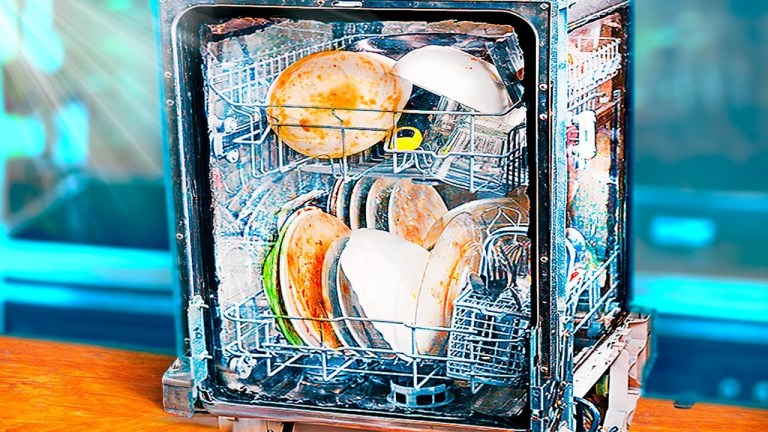The Architectural Evolution of the Classic American Diner
Michael Wyetzner of Michielli + Wyetzner Architects spoke to Architectural Digest about the historical evolution of diners and how they became synonymous with American culture. He also reflects back at relatively recent American architectural history to explain why they look the way they do today.
A cornerstone of American dining culture, their distinctive style has been emulated around the world making them a popular salute to the USA. Michael provides an expert look into the history behind their design evolution from the 1920s through to the 1960s and explains why all diners came to look like that.
He notes that it is the mashup of several different eras and modes of transportation that makes the classic retro diner what it is today.
So today, when we see a retro diner, and we think of it as a specific time in the 1950s, it’s really an amalgam of architecture from the 1920s based on the train, the 1950s based on the car, the 1960s based on space travel. And it’s sort of this mashup altogether of all those eras. So to eat in a diner is to experience an expression of some of the best parts of our shared history,
Wyetzner also appreciates what the diner has to offer in terms of comfort.
What I love about diners is that familiar menu. They all serve the same stuff. Breakfast and hamburgers. I mean, that’s basically it. Throughout the entire country. And there’s something so comforting that you could go to a diner anywhere across the US and know what’s gonna be on the menu.






